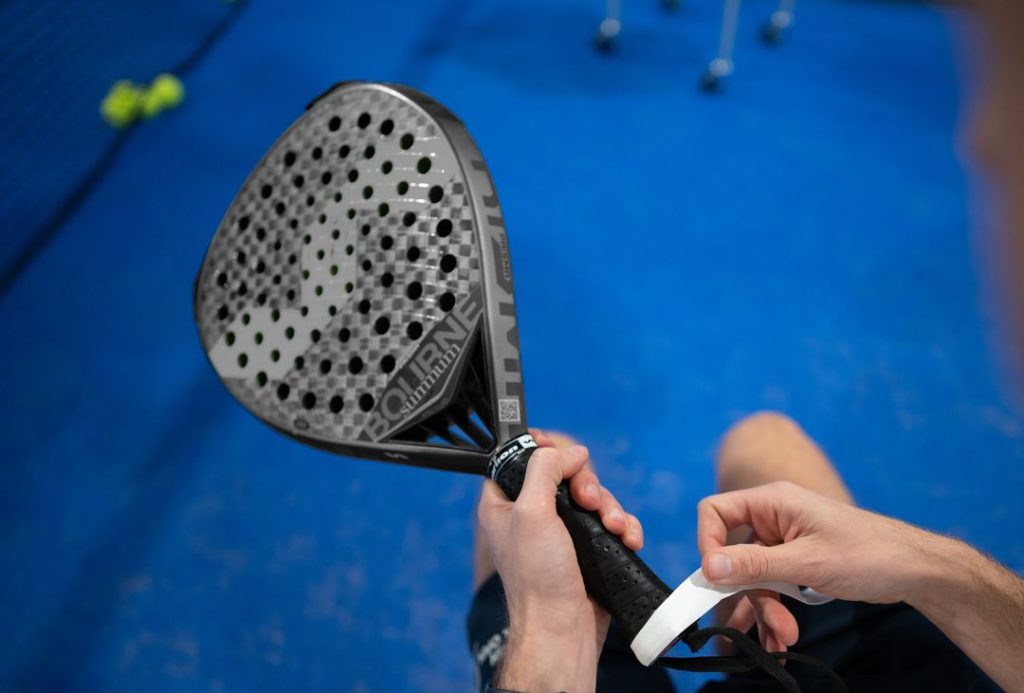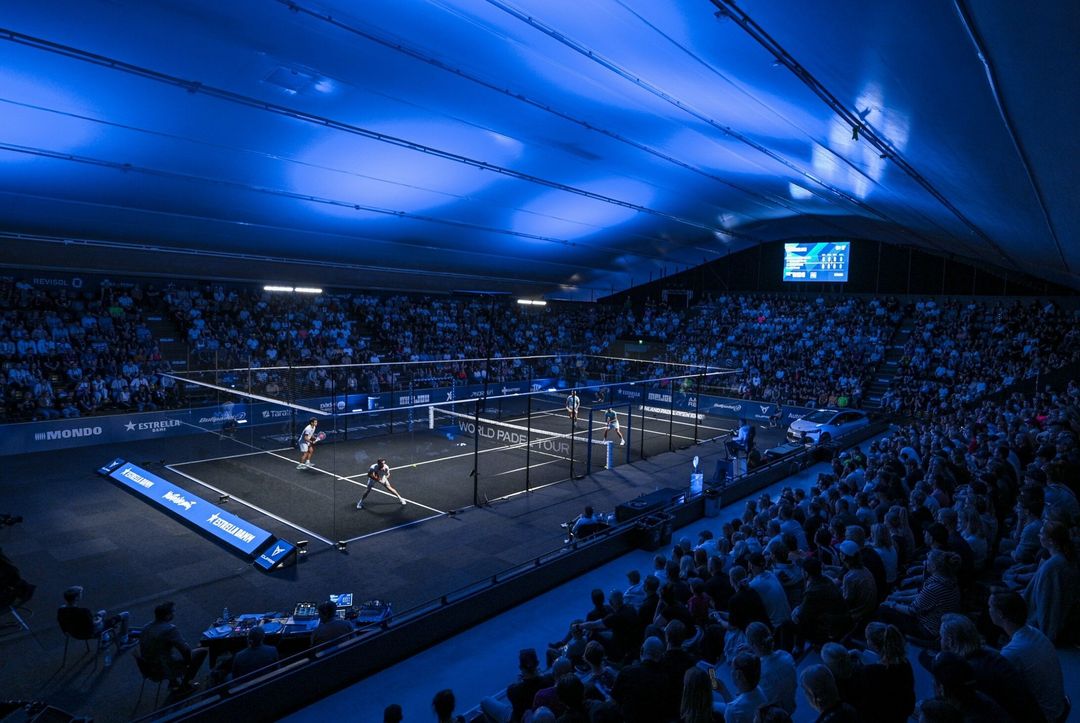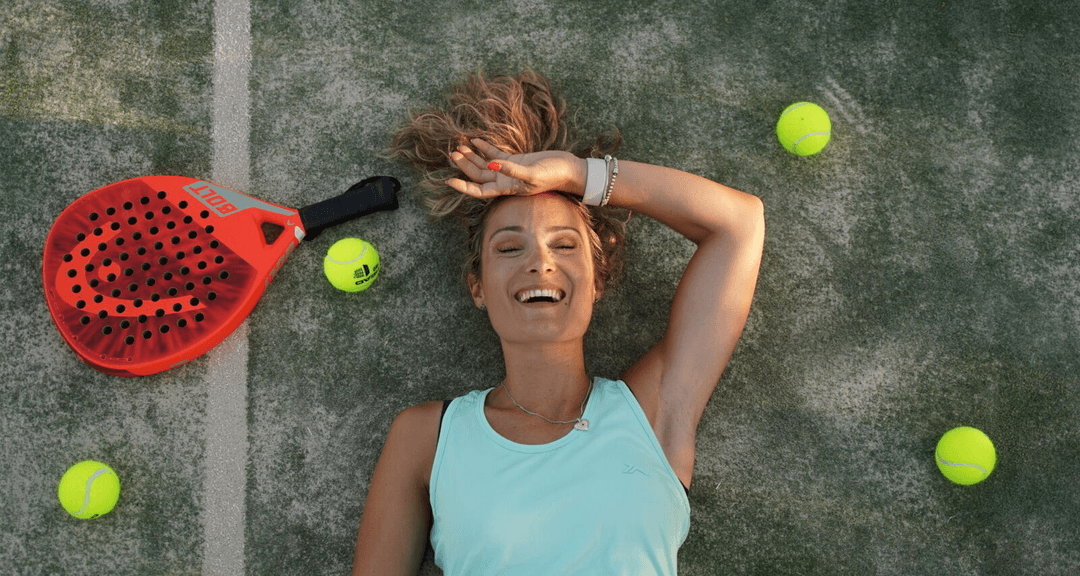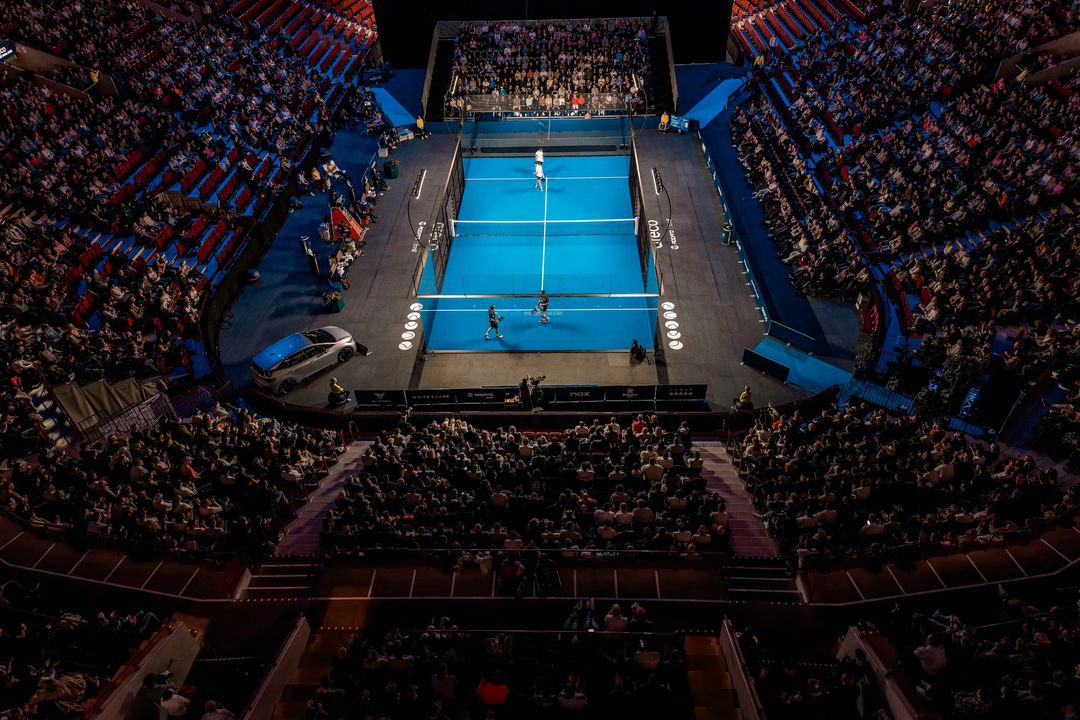Padel Racket Guide Choosing Your First
Embarking on your padel journey is exciting, and the right equipment can significantly impact your learning curve and overall enjoyment. Choosing the perfect padel racket, especially as a beginner, is crucial. It’s more than just a piece of equipment; it’s an extension of yourself on the court. Your racket will influence your ability to learn techniques, control the ball, and develop your unique playing style. With so many options available, understanding the key factors that differentiate them is essential.
This guide will walk you through understanding the different shapes, materials, and weights of padel rackets. We’ll explore how these factors affect your performance as a beginner. We’ll also offer some top recommendations for beginner-friendly rackets and provide expert tips to ensure you make the best choice for your game. Let’s dive in and discover how to choose the best padel racket to start your padel adventure on the right foot.
Understanding Padel Racket Shapes
The shape of a padel racket significantly influences its performance characteristics, particularly in terms of control, power, and the size of the sweet spot. As a beginner, understanding these nuances is vital for selecting a racket that complements your current skill level and supports your development on the court. Three primary shapes dominate the padel racket market: round, teardrop, and diamond. Each offers distinct advantages and disadvantages, catering to different playing styles and experience levels. Remember, the “sweet spot”—that magical area on your racket that maximizes shot effectiveness—plays a crucial role here.
Round-shaped rackets are generally considered the most forgiving for beginners. Their larger sweet spot, positioned centrally on the racket face, makes it easier to connect with the ball cleanly, even on off-center hits. This is especially beneficial for new players still developing their accuracy and consistency. Teardrop-shaped rackets strike a balance between control and power, offering a versatile option for players looking to develop a more well-rounded game. Finally, diamond-shaped rackets are designed for power, with a smaller, higher sweet spot that requires more precision and technique, making them less suitable for beginners.
“Different rackets have slightly different surface areas. These areas are paramount when it comes to hitting the ball; they reflect the force behind the shot. The “sweet spot” is that specific area of your racket that will make you shine on the court!”
Choosing the right shape depends on your priorities as a beginner. Are you focused on improving your accuracy and consistency? Opt for a round racket. Looking for a balance of control and power as you progress? Consider a teardrop shape. But for most beginners, the round shape offers the best foundation for learning the game.
Materials and Weight Considerations
Beyond shape, the materials used in the construction of a padel racket significantly influence its performance, durability, and feel. The frame and face of the racket are typically made from either fiberglass or carbon fiber, or a blend of both. The core, which fills the space between the racket faces, is commonly made from EVA (Ethylene Vinyl Acetate) foam, available in various densities to provide different levels of power and control. Understanding these materials and their properties is crucial for making an informed decision about your first padel racket.
Fiberglass is often recommended for beginners due to its forgiving nature and ability to absorb vibrations effectively. It provides a comfortable feel and allows for more margin of error on off-center hits. Carbon fiber, on the other hand, offers greater power and responsiveness but is less forgiving and requires more precise technique. While carbon fiber rackets may seem appealing for their potential power, they can be challenging for beginners to control. For the core, softer EVA foams provide more control and comfort, while denser foams offer more power. The weight of the racket is also a critical factor. A lighter racket, typically around 360 to 365 grams, is generally recommended for beginners as it enhances maneuverability and allows for quicker reactions.
Heavier rackets provide more power but require greater swing strength and can lead to fatigue or injury if not handled properly. Finding the right balance between weight and material is essential for maximizing your comfort and performance as a beginner. Start with a fiberglass racket with a soft EVA core and a weight within the recommended range for beginners. As you develop your technique and strength, you can then explore other materials and weights to fine-tune your racket to your evolving playing style.
Grip Size and Balance: Essential Features
While shape, materials, and weight are primary considerations, other features like grip size and balance also play a significant role in the overall feel and performance of a padel racket. Overlooking these details can lead to discomfort, reduced control, and even injury. Choosing the right grip size ensures a secure and comfortable hold, allowing you to maintain control of the racket throughout your swing. A standard grip size of around 4 inches (10.2 centimeters) is a good starting point, but adjustments can be made using an overgrip to customize the fit.
The balance of the racket refers to the distribution of weight between the head and the handle. An evenly balanced racket offers a blend of maneuverability and power, making it a versatile option for beginners. Head-light rackets, with more weight in the handle, are easier to swing and control, while head-heavy rackets, with more weight in the head, provide more power but require more strength and technique. As a beginner, an evenly balanced or slightly head-light racket is generally recommended to promote maneuverability and control.
Taking the time to consider these additional features can significantly enhance your comfort and performance on the court. Experiment with different grip sizes and balance points to find what feels best in your hand and allows you to swing freely and confidently. Don’t hesitate to seek advice from experienced players or padel professionals to help you fine-tune your racket setup to your individual needs.
Pricing and Expert Advice
When embarking on your padel journey, it’s natural to be mindful of your budget. Fortunately, beginner-friendly padel rackets don’t need to break the bank. Mid-range options often provide excellent value without requiring a significant financial investment. While top-of-the-line rackets with advanced materials and technologies may be tempting, they are typically unnecessary for beginners who are still developing their fundamental skills. Focus on finding a cost-effective racket that offers the necessary features for learning and improvement, such as a forgiving shape, comfortable materials, and appropriate weight.
Before making a purchase, seek guidance from a padel store or try out a demo racket. Holding the racket in your hand and assessing its comfort is crucial. A padel store can offer valuable insights and recommendations based on your individual needs and playing style. Testing out a demo racket allows you to experience how it feels in action and determine if it aligns with your preferences. Don’t hesitate to ask questions and seek advice from experienced players or coaches.
Their insights can be invaluable in helping you make an informed decision. Remember, the best racket for you is not necessarily the most expensive or popular one. It’s the one that feels most comfortable in your hand, allows you to swing freely, and helps you develop your skills on the court. With careful consideration and expert guidance, you can find a beginner-friendly padel racket that fits your budget and supports your progress in the game.
Top Beginner Racket Recommendations
Navigating the vast array of padel rackets can be overwhelming, especially for beginners. To simplify your search, we’ve compiled a list of top recommendations that cater specifically to novice players. These rackets offer a combination of forgiveness, comfort, and affordability, making them ideal for learning the game and developing your skills. The LW One Palm Padel Racket is designed for beginners seeking a cost-effective and user-friendly option. Its round shape, balanced weight distribution, and expansive sweet spot provide stability and confidence with each stroke.
The Slazenger SLZ Light is a lightweight, round-shaped racket designed for beginners and intermediate players who prefer a lighter racket. It features a soft EVA core and a graphite surface, with a head-light balance for enhanced maneuverability. The Babolat Reveal is another excellent option for individuals starting their padel journey. Its lightweight construction and head-light balance facilitate agile movement on the court, while the soft, low-density EVA enhances hitting comfort.
These are just a few examples of the many beginner-friendly padel rackets available. Remember, the best racket for you will depend on your individual playing style and preferences. Don’t hesitate to try out a demo racket or two before making your final decision. Consider factors such as grip size, balance, and overall feel to ensure that the racket is comfortable and easy to control.
Essential Tips for New Players
Before you purchase your first padel racket, it’s essential to keep in mind these tips to ensure that you get your money’s worth and make the most of your learning experience. Take advantage of demo programs offered by padel stores. Testing out different shapes and weights will help you determine what feels most comfortable and controllable. Consider taking a few lessons with a padel coach.
A coach can provide a solid technical foundation and help you select a racket that complements your playing style. Practice regularly to enhance your understanding of your needs and preferences in a racket. Seek guidance from experienced padel players for their advice on racket selection. Their insights can be invaluable. Your first racket should feel comfortable in your hand and allow for free swinging. Prioritize feel and control over power as you develop your game. Focus on finding a cost-effective option that offers the necessary features for learning and improvement.
By following these tips, you can confidently select a padel racket that supports your progress and enhances your enjoyment of the game. Remember, the goal is to find a racket that feels like an extension of your arm, allowing you to swing freely and confidently on the court. With the right equipment and a commitment to practice, you’ll be well on your way to mastering the sport of padel.
Final Thoughts on Choosing Your First Padel Racket
Choosing the right padel racket as a beginner is a critical step towards building a solid foundation and enjoying the sport to the fullest. This comprehensive guide explored key factors such as racket shape, materials, weight, grip size, and balance. We also delved into the importance of seeking expert advice, trying out demo rackets, and considering your budget. Remember, the best racket for you is not necessarily the most expensive or popular one, but rather the one that feels most comfortable in your hand and allows you to swing freely and confidently.
By prioritizing comfort, control, and affordability, you can find a beginner-friendly racket that supports your progress and enhances your enjoyment of the game. As you develop your skills and gain experience, you can then explore more advanced racket options to fine-tune your equipment to your evolving playing style. Ultimately, the key to success in padel is practice, patience, and a willingness to learn.
With the right equipment and a positive attitude, you’ll be well on your way to mastering the sport and enjoying all the benefits it has to offer. So, go out there, experiment with different rackets, seek advice from experienced players, and find the perfect tool to unlock your padel potential. Now get out there and dominate the court!





